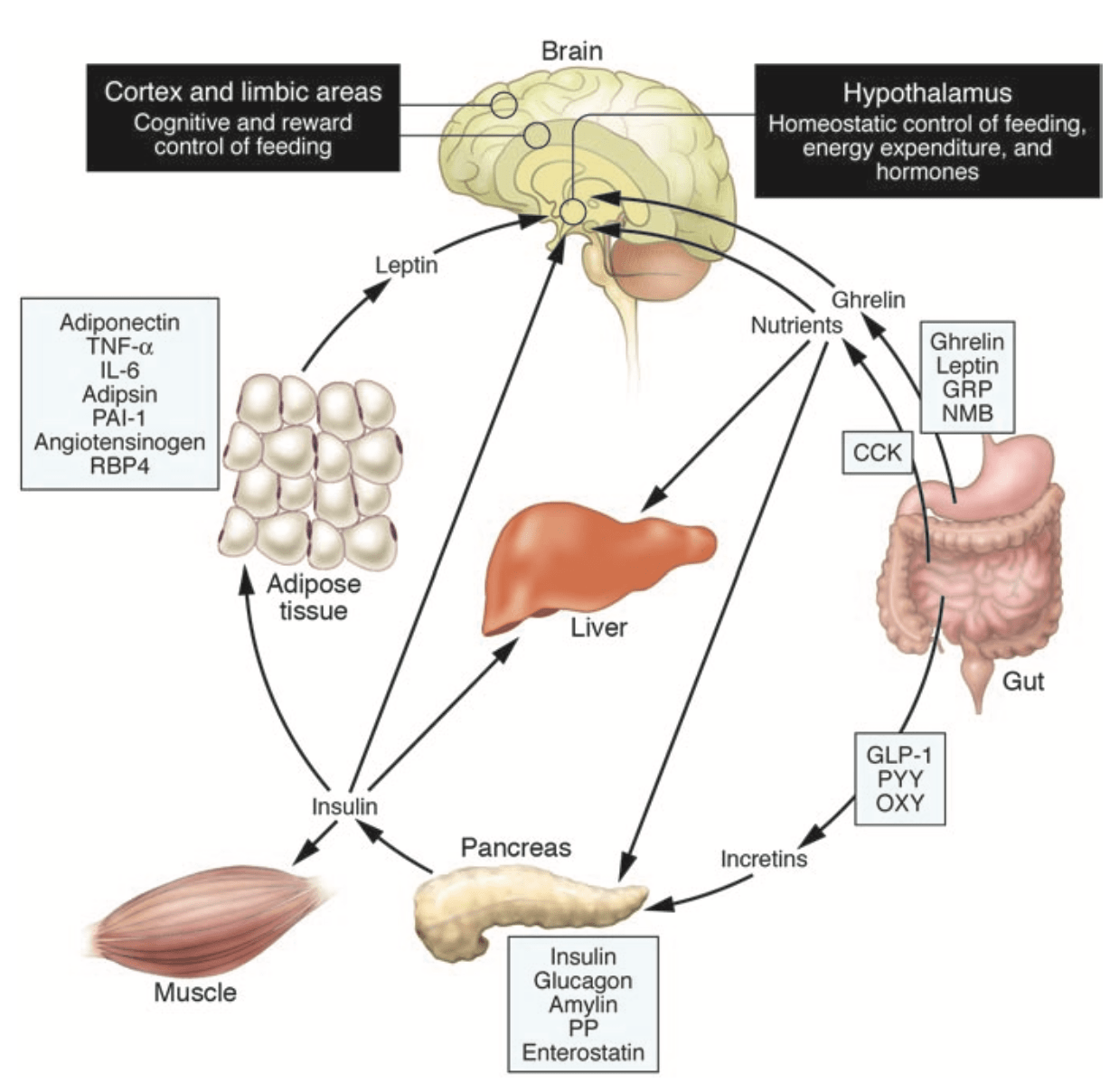
YOUR FITNESS BLOG
A Scientific, Proven Way to Weight Loss & Dieting Part 1
Introduction
Weight gain and obesity continue to rapidly increase in the United Kingdom (UK) and the rest of the world. This problem has risen to epidemic proportions and has paved the way for increased risk of mortality and morbidity. In the UK, it is predicted that approximately half of adult men and more than a quarter of adult women will be obese by 2030, a figure that could jump to 50% by 2050 [4].
Obesity and being overweight are clearly associated with poor health and number of diseases such as type II diabetes, cardiovascular disease, hypertension and cancer [4]. Of equal importance is the detrimental impact of weight gain on self and social perception of body image and self-confidence.
Given the rise in weight gain, there has been a similar significant increase in weight loss strategies and interventions. Estimates show that approximately 29 million (55%) of the UK population attempted weight loss in 2013 [3]. Of this population, 44% of UK men and 2 in 3 UK women have attempted weight loss [3].
The greater concern is that weight loss strategies appear to be only transiently effective for the great majority of people. Research indicates that the vast majority of people who attempt weight loss fail to achieve or maintain a 10% reduction over 12 months [5]. A meta-analysis by Anderson and colleagues revealed that more than a third of weight loss is gained back within the first year and the majority of weight fully returning within 3-5 years [1].
The explanation for weight regain can be multi-factorial (i.e. psychological, social, motivational). However, this article will choose to focus on the adaptive changes that occur with dieting, which are largely responsible for slowing or preventing weight loss and encouraging weight regain.
First, despite various claims and theories about how weight loss occurs, the basis of weight loss is dependent on energy balance, as in, energy going into the body versus energy being expelled [11].
Energy intake – Energy Output = Energy Stored in Body
Energy in simply comes from the food we digest and absorb. Energy out is more complex and encompasses a number of different components that make up what is referred to as Total Daily Energy Expenditure (TDEE) [8]. TDEE describes the calories burned by the body over a 24-hour period and is composed of the following elements [8]:
- Resting Metabolic Rate (RMR) – The number of calories burned at rest
- Thermic Effect of Food (TEF) – The number of calories burned from eating
- Non-Exercise Activity Thermogenesis (NEAT) – The number of calories burned from spontaneous, involuntary activity (i.e. fidgeting, walking, position changes)
- Thermic Effect of Activity (TEA) – The number of calories burned from formal exercise
How do these components relate to weight loss?
From a survival standpoint, the body views dieting and calorie restriction as starvation and a threat to its survival [6]. In response to weight loss and dieting, the body is found to compensate and adapt as a self-preservation mechanism. It is shown, that under weight loss conditions, the body will slow metabolism and promote energy conservation through a reduction in all elements of TDEE [6].
Thermic Effect of Food (TEF)
Thermic effect of food is found to decrease in response to dieting simply due to a reduction in the amount of food consumed [12]. Specifically, TEF is found to reduce approximately 10% of caloric deficit [8]. For example, if food is reduced by 300 calories per day, TEF drops by 30 calories per day. This reduction will result in a change to energy balance, however, the impact is minimal.
Resting Metabolic Rate (RMR)
Resting metabolic rate goes down and its magnitude is largely related to reductions in body fat (BF) [9]. Adaptive reductions in RMR of 3-5% are shown in obese subjects defined as females ≥35% and males ≥26% BF [2]. This percentage of adaptation appears to increase with leaner individuals. In men with ≤15% BF, RMR adaptations of 15% are shown, while among females with ≤25% BF, adaptations of 17-20% are found [2].
The adaptive drop in RMR is related primarily to changes in insulin, nervous system output and thyroid hormone (T3), all of which are associated with a decrease in leptin [2, 10]. The role of leptin in weight loss has attracted great attention in recent years because of its role in appetite regulation. Given leptin’s important role in weight loss, a closer look into its function is provided below.
What is Leptin?
Leptin is a protein that is considered the body’s appetite-controlling hormone. It is primarily located in fat cells and is typically associated with body fat and appetite promotion [12]. Research indicates the higher the leptin levels, the greater the body fat percentage [8]. In response to dieting and weight loss, leptin levels can drop significantly over the short-term (50% or less within a week), then more gradually in relation to body fat reductions [8].

Among other important functions, leptin communicates with the hypothalamus, the part of the brain that controls eating, to feedback about how much energy is stored in the body and how much food is being consumed [9]. In dieting, leptin levels rapidly drop and there is increased brain activity in areas involved in sensory control of food intake [12]. This drop in leptin signals to the hypothalamus to stimulate appetite, reduce energy expenditure and slow metabolism, which in turn encourages weight regain [9, 12]. This was demonstrated in rodent studies, whereby low leptin levels increased appetite promoting neuropeptides while decreased appetite suppressing neuropeptides [12]. Leptin injections in the hypothalamus of the rodents reversed these alterations in neuropeptides as well restoring changes in metabolism, immunity and hormones [12].
Thermic Effect of Activity (TEA) & Non-Exercise Activity Thermogenesis (NEAT)
Dieting and weight loss create the greatest adaptation within activity, both volitional activity as in TEA (i.e. resistance training) and spontaneous activity as in NEAT (i.e. fidgeting, walking). Adaptive drops of 60% of activity levels have been measured in both men and women that diet. In the obese, this adaptation in activity can be as much as 95% [8].
The reason for this substantial reduction in activity is twofold. Firstly, a leaner, smaller body simply becomes more efficient and burns fewer calories within a given activity [8, 13]. Rosenbaum and colleagues (2003) showed that during dieting and weight loss, skeletal muscle becomes 35% more efficient and fewer calories are burned, particularly at low workloads [13]. The authors speculated that decreasing levels of circulating thyroid hormone during dieting may lead to recruitment of slow-twitch muscle fibers, which consume fewer calories and produce less power per contraction compared to fast-twitch fibers [13].
Secondly, NEAT levels decrease in response to dieting because dieters tend to move around less compared to non-dieters [7]. Dieting can induce feelings of fatigue, which can discourage spontaneous type activity. This was demonstrated by Martin and colleagues (1985) who showed that greater weight loss was associated with larger reductions in NEAT [7]. The authors suggested that even under conditions where food is readily available, dieters subconsciously decrease energy expenditure from activity [7]. This reduction in activity would preserve energy and restrict weight loss. A study by Weigle and colleagues (1988) confirmed the adverse impact of NEAT following weight loss [15]. In their study, obese subjects lost 23.2% of their body weight and NEAT contributed an adaptation of 582 calories per day or 71% of the decrease in total daily energy expenditure [15].
Summary
Weight loss is the result of energy expenditure exceeding energy intake. However, in dieting, the body responds by adapting and reducing energy expenditure to resist weight loss. The calories burned while eating (i.e. TEF) and at rest (i.e. RMR) both decrease with dieting. However, it is reduced activity (i.e. NEAT) that contributes the greatest reduction in energy expenditure. Subconsciously, people that diet reduce spontaneous activity and become more efficient performing the same movements and expend less calories doing so. An individual dieting can burn over 400 calories per day less compared to a non-dieter [14]. It is this very combination of reduced NEAT and RMR levels that contribute to weight loss plateauing and weight regain. The next post will focus on how to progress past these adaptive mechanisms to achieve further fat loss.
For more information on our personal training services please click here to read more.
References:
[1] Anderson J. W. 2001. Long-term weight-loss maintenance: a meta-analysis of US studies. American Journal of Clinical Nutrition. November. Vol. 74, No. 5, pp.:579-584.
[2] Astrup, A. 1999. Meta-Analysis of Resting Metabolic Rate in Formerly Obese Subjects. American Journal of Clinical Nutrition. June. Vol. 69, No. 6, pp. 1117-1122.
[3] BBC. 2004. BBC News: Many People Diet Most of the Time [Online]. [viewed on January 04, 2017]. Available from: http://news.bbc.co.uk/1/hi/health/3454099.stm
[4] Gupta, H. Barriers to and Facilitators of Long Term Weight Loss Maintenance in Adult UK People: A Thematic Analysis. International Journal of Preventative Medicine. December. Vol. 5, No. 12, pp. 1512-1520.
[5] Kraschnewski, J.L et al. 2010. Long-term weight loss maintenance in the United States. International Journal of Obesity (London). November. No. 34, Vol. 11, pp. 1644–1654.
[6] MacLean, P. S. 2015. The Role of Adipose Tissue in Weight Regain After Weight Loss. Obesity Reviews. February. Supplement 1, pp. 45-54.
[7] Martin, C. K. et al. 1985. Effect of Calorie Restriction on the Free-Living Physical Activity Levels on Non-Obese Humans: Results of Three Randomised Trials. Journal of Applied Physiology. April. Vol. 110, No. 4, pp. 956-963.
[8] McDonald, L. 2016. How to Adjust Your Diet for Continuous Fat Loss. Alan Aragon Research Review (AARR). November. pp. 2-3.
[9] McDonald, L. 2013. The Ultimate Diet 2.0. Why is it So Hard: Part 1. Austin: Lyle McDomald.
[10] Morton, G. J. et al. 2006. Central nervous system control of food intake and body weight. Nature. September. Vol. 443, No. 7109, pp. 289-295.
[11] National Heart, Lung, and Blood Institute (NIH). 2013. Balance Food and Activity [Online]. [viewed on January 04, 2017]. Available from: https://www.nhlbi.nih.gov/health/educational/wecan/healthy-weight-basics/balance.htm
[12] Rexford, S. A. 2008. Revisiting Leptin’s Role in Obesity and Weight Loss. The Journal of Clinical Investigation. July. Vol. 118, No. 7, pp. 2380-2383.
[13] Rosenbaum, M. 2003. Effects of experimental weight perturbation on skeletal muscle work efficiency in human subjects. American Journal of Physiology. Regulatory, Integrative and Comparative Physiology. July. Vol. 285, No. 1, pp. 183-192.
[14] Weightology. 2016. Why is it so easy to regain weight? [Online]. [viewed on January 03, 2017]. Available from: http://weightology.net/weightologyweekly/index.php/free-content/free-content/volume-1-issue-9-why-is-it-so-easy-to-regain-weight/why-is-it-so-easy-to-regain-weight/
[15] Weigle et al. 1988. Weight Loss Leads to a Marked Decrease In Non-Resting Energy Expenditure in Ambulatory Human Subjects. Metabolism. October. Vol. 37, No. 10, pp. 930-936.

Did you find this content valuable?
Add yourself to our community to be notified of future content.

